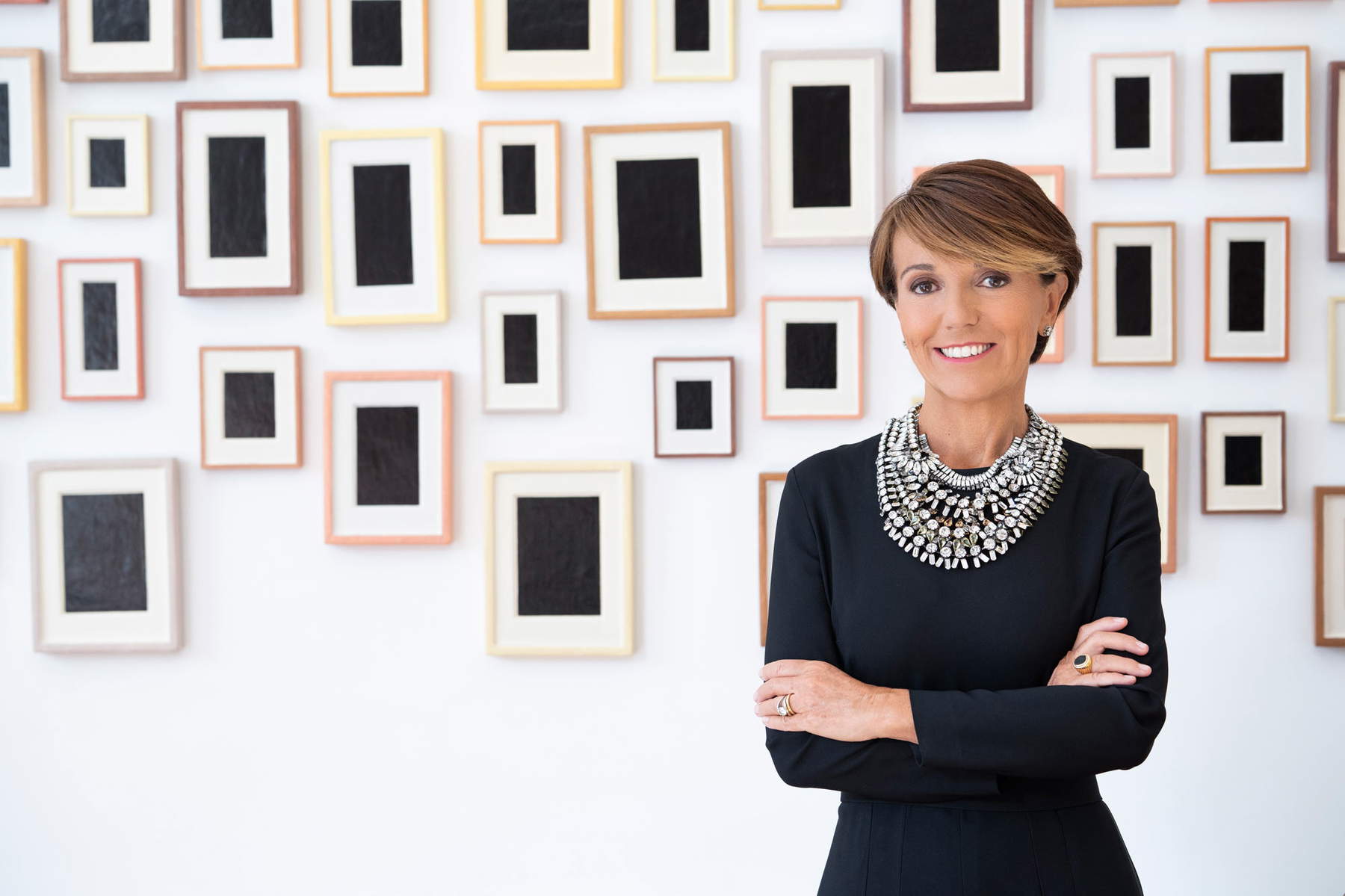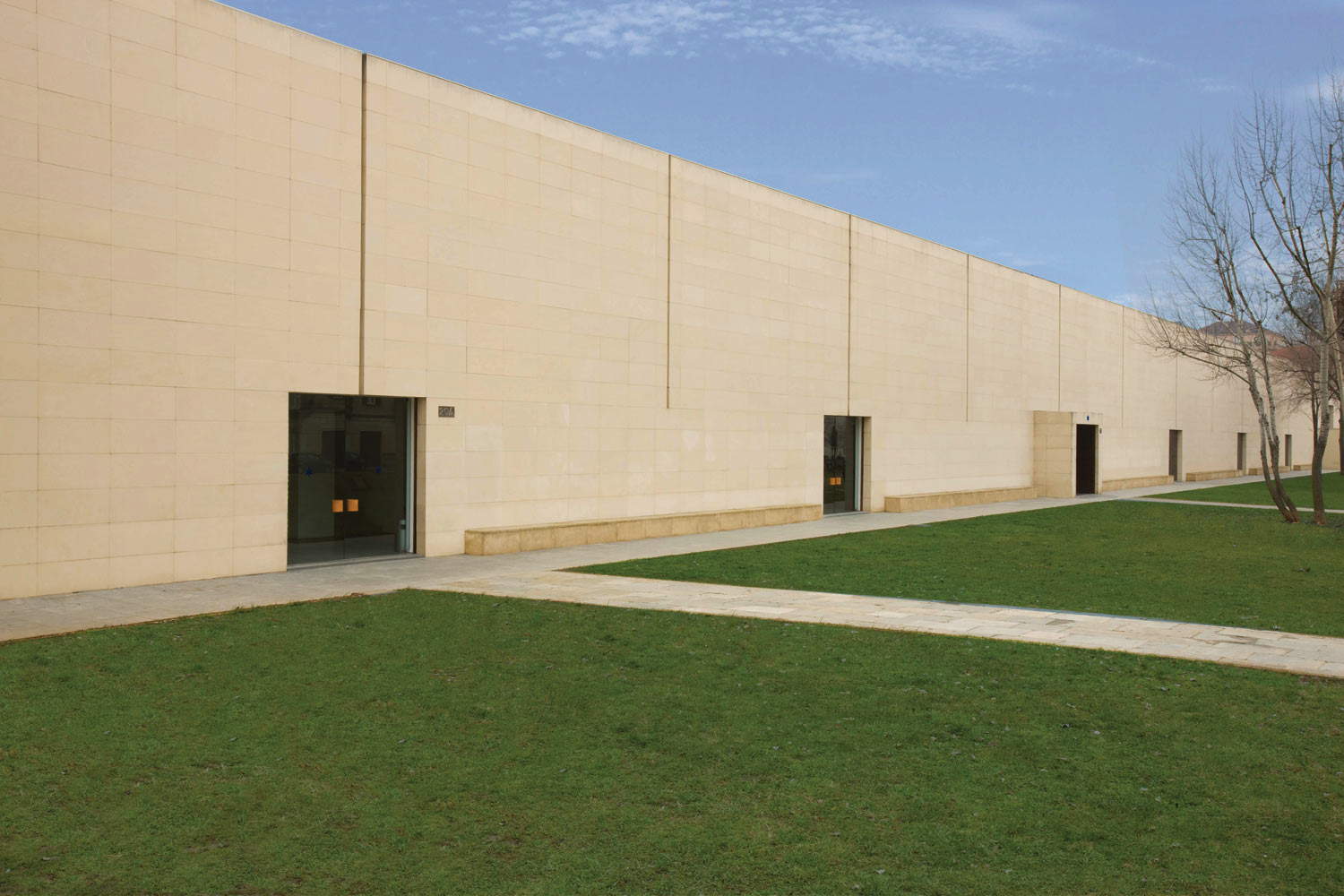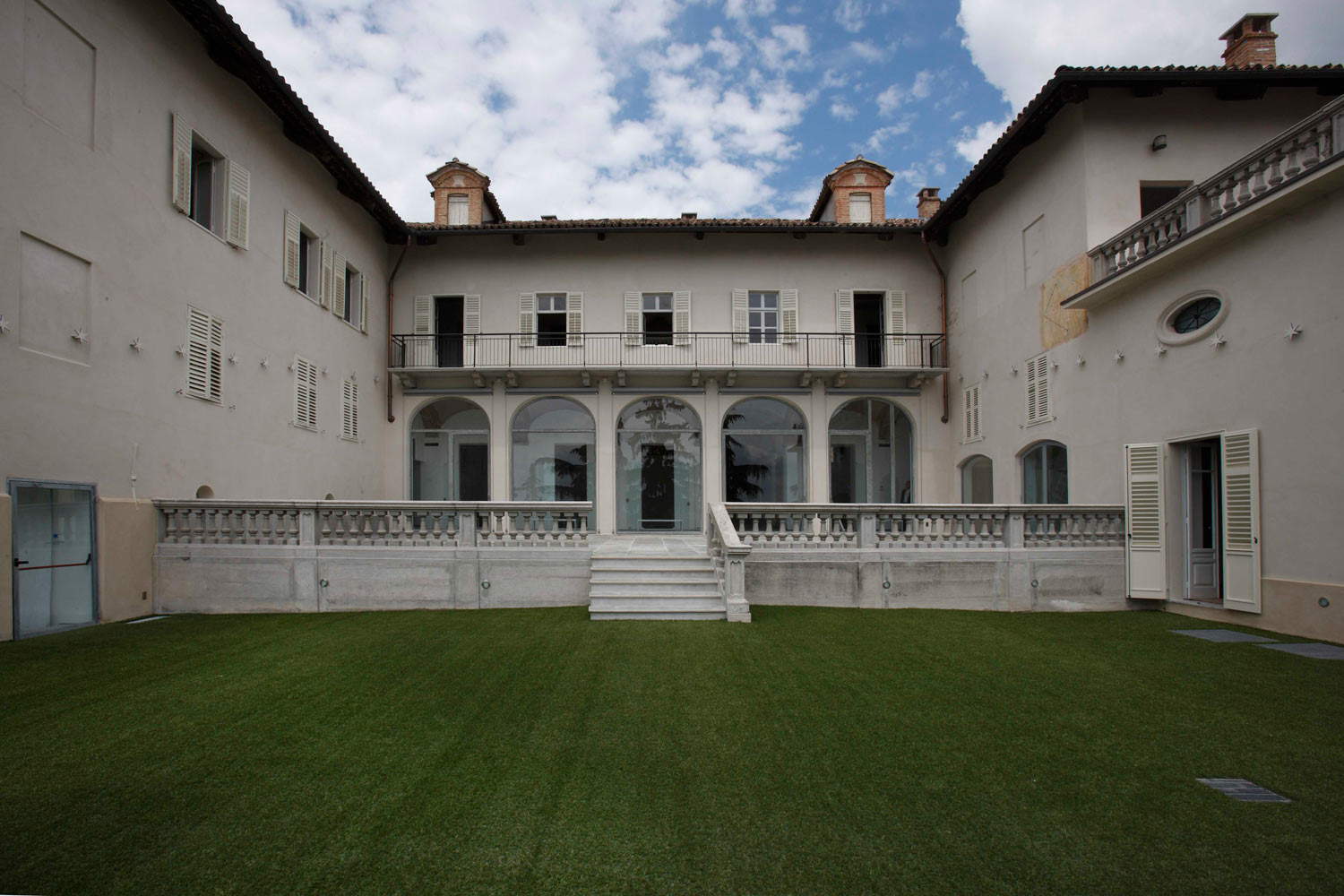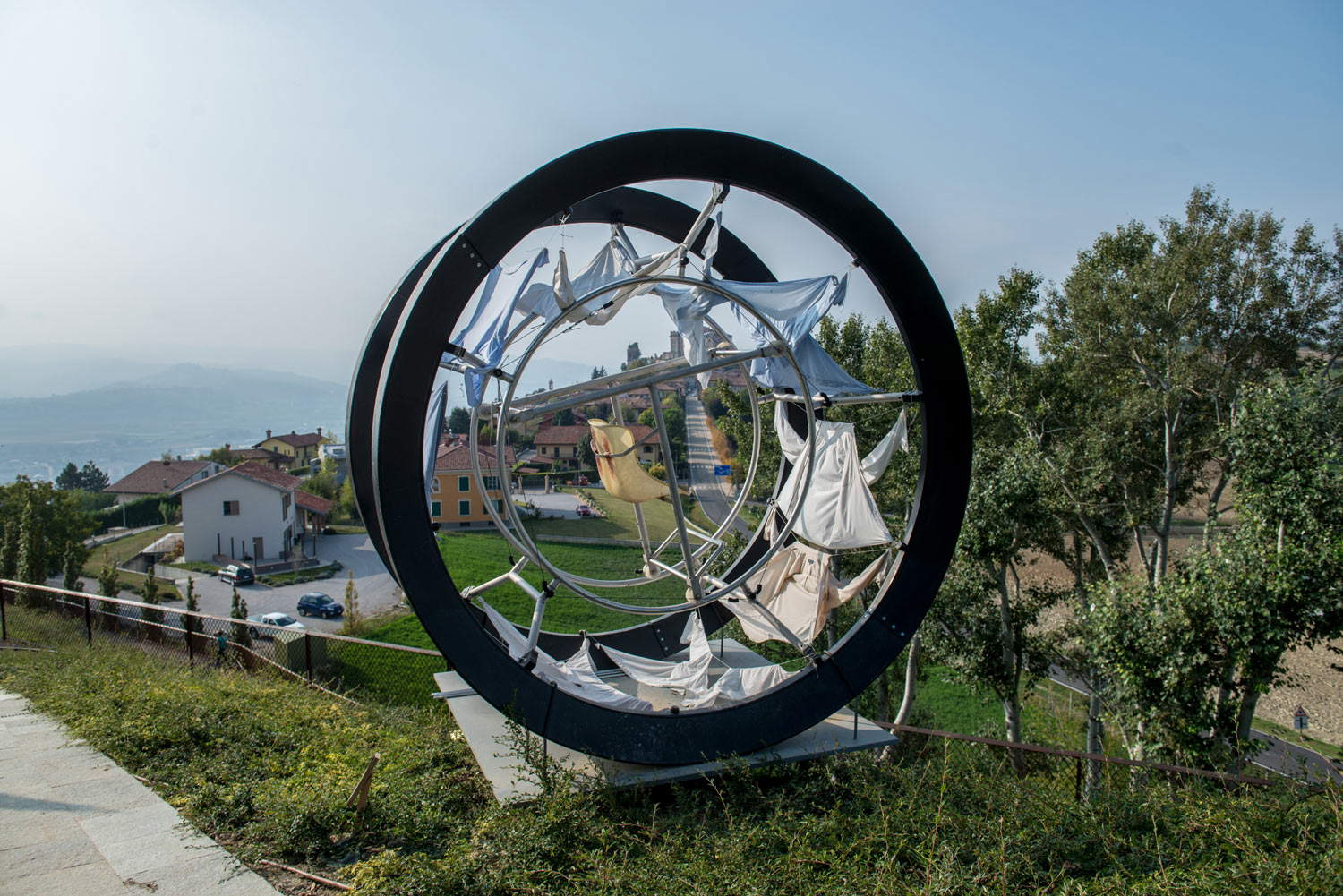President of the Sandretto Re Rebaudengo Foundation in Turin, Patrizia Sandretto Re Rebaudengo is one of the leading figures in Italian contemporary art: a patron who is very attentive to Italian and international art scenarios, in the foundation’s venues she has promoted projects by many major international artists, from Maurizio Cattelan to Carsten Höller, Carol Rama to Berlinde De Bruyckere, as well as several young and emerging artists, continuously supported by the foundation’s programs. The foundation celebrated its first twenty-five years last year: how did they go? How does the foundation support the arts? And how is the situation of Italian art according to Patrizia Sandretto Re Rebaudengo? Shetalks about it with Federico Giannini, editor in chief of Finestre sull’Arte, in this interview.


FG. In 2020, Fondazione Sandretto Re Rebaudengo celebrated its first twenty-five years, having opened in 1995. How has the Italian art scene changed in this last quarter century?
PSRR. In 1995, when Fondazione Sandretto Re Rebaudengo was established, Italian artists could not always count on structured institutional support. The prospect of supporting the Italian art scene was one of the main reasons that led me to start the Foundation. Over these twenty-six years much has changed: museums, nonprofit institutions and independent spaces have opened to the public, injecting new life into the cultural fabric and activating virtuous circuits of exchange and support. Thanks to efforts carried out collectively, including through the Committee of Contemporary Art Foundations established in 2014, programs to support Italian contemporary art, such as the Italian Council promoted by the Ministry of Culture, have been enhanced. Undoubtedly progress has been made, but I believe that more can and should be done to support the Italian scene and to promote women artists.
Today, what are the criteria that guide your Collection and the Foundation’s activities? On what basis do you choose your exhibition projects, the artists you promote?
My Collection is based on a direct dialogue with artists and in-depth knowledge of their research. In the beginning, I chose to articulate the collection into a series of strands: Italian art, photography, women’s art, the British scene and the California scene. This systematic approach stems from my education, with graduate studies in economics, and my family’s entrepreneurial tradition. I could characterize my collection as generational: when I first started acquiring artwork, I was mainly looking at the work of artists of my age, with whom I shared a constellation of references and a view of a common horizon. I began collecting younger artists and broadened the range of my interests, following the course of art itself and the perceptible broadening of the artistic audience, which is increasingly open and global. I am interested in artists who are engaged in their time, who tell the story of the moment in which we live. I appreciate works that take a stand, those that raise questions, interrogate the present, that make people think. Even today, my collection is founded on exchange with artists: to dialogue with them is the extraordinary privilege that only a contemporary art collection makes possible. In the Foundation, we collaborate with artists from Italy and all over the world. We host them in the Foundation’s venues, in Turin and Guarene, and we support them with care and continuity, helping them to produce works for important events, such as the Venice Biennale. Over time, we have produced works by Doug Aitken, Maurizio Cattelan, Luisa Lambri, Steve McQueen, Goshka Macuga, Meris Angioletti, Nathaniel Mellors, Ragnar Kjartansson, and Aljcia Kwade. Another goal is to build networks and synergies with other national and international institutions and strengthen collaborative networks around the world. A partnership between the Foundation and the Philadelphia Museum of Art gave birth to The Future Fields Commission in Time-Based Media. Every two years we invite and commission a new work from an artist working with digital media, film, video, sound, and performance. In 2018 we presented Rachel Rose’s work, in 2021 a work by Martine Syms, and next year we will collaborate with Lawrence Abu Hamdan. I think it is very important to share a collection. I am always happy to lend works to other institutions and to present the collection around the world. I would like to mention a few: Hara Museum of Contemporary Art in Tokyo; Ciudad Grupo Santander in Madrid; Whitechapel Gallery in London; Kunsthalle in Krems, meCollectors Room in Berlin; Centro de Arte Contemporanea in Quito; Sheffield Cathedral; Rockbund Art Museum in Shanghai; MACRO in Rome. Today, part of the collection is on display at Mo.Co in Montpellier.
Can you point us to any names of young artists to watch for in the future?
There are many young people on the art scene who are innovating contemporary visual languages. I am interested in the research on sculpture and installation by artists like Sandra Mujinga, who is currently exhibiting at Safe House in the Foundation, by Klára Hosnedlová who works on the relationship between design and feelings, by Giulia Cenci for her use of material, or even by Tarek Lakhrissi to whom we have dedicated an exhibition in 2020. I look carefully at the paintings of Giulia Andreani, Pia Krajewski, Jan-Luka Schmitz and Eva Helene Pade. I then think about the research of Benni Bosetto, Jacopo Belloni, and Marco Giordano, all three of whom were invited to the final exhibition of the last two editions of the Young Curators Residency Program.



In your opinion, what is lacking in Italian art today? What is its role, what is its appeal and what is its weight on international scenarios? And what could begin to be done to fill the gaps?
Certainly one of the most obvious critical issues in Italy is the educational pathways. In particular, the offer of the Academies of Fine Arts on the national territory is uneven and often the structure of courses is still organized by compartments and closed disciplines. Today, on the other hand, art is cross-disciplinary and therefore needs exchanges, dialogue and comparisons. To support Italian art, I believe it is essential to increase the mobility of our artists and develop their opportunities for professional exchange with their foreign peers as well. On this principle, the Foundation has designed the annual Young Curators Residency Program, now in its sixteenth edition. Each year we invite three curators or curators from the world’s most prestigious curatorial schools to travel for three months throughout Italy and visit artists in their studios, galleries and museums. At the end of their trip, they curate an exhibition featuring the works selected during their tour.
What is the difference, in your opinion, between the activity of a private collector who collects works for his or her own personal enjoyment, and an activity that instead opens up to the public? And what models have you been inspired by?
I decided to start Fondazione Sandretto Re Rebaudengo driven by passion, inspiration, curiosity about the future, attention to the present and, above all, a desire to share. I approached art as a collector, but after just three years I realized that the personal and private dimension, typical of the collection, did not delineate the ideal space to express what art represents for me. So I felt the desire to share my works and I never thought of the Foundation as the home of my collection but a space to produce new works and new exhibitions. We imagine the exhibition as an agora, a place to observe, learn, reflect, discuss and train our ideas. Commissioning new works and supporting artists’ careers and practices constitutes for me today the new patronage, which I firmly believe in. When I opened the Foundation I had very specific models in mind, the German Kunsthalle and the French Frac. The Kunsthalle is an exhibition space without a collection, a laboratory where artists can experiment and produce. The Frac, on the other hand, are public collecting funds untied from an exhibition space, and for this reason they have become a model of mine. My collection, in fact, is on loan to the Foundation, not on display but always available.
Going back to talking specifically about the Foundation, what were the exhibitions, artists, curators or otherwise experiences that most marked its path or that you remember with most satisfaction?
The Foundation has always tried to promote and invite artists who could convey attention to current issues and build reflection and dialogue. In 2004, for example, we chose to dedicate our entire programming to women, starting with a memorable anthological exhibition dedicated to Carol Rama. Among the exhibitions I remember Don’t Touch the White Woman, a group show of 20 women artists from around the world, one of the stages of a rich calendar on the theme of the feminine in contemporary art with lectures, exhibitions, presentations and debates. In 2008, well in advance of the current debate on Climate Change, we inaugurated Greenwashing, a group show of 25 international artists. The exhibition was the culmination of the Environment cycle, a whole year of exhibitions, meetings, projects and workshops dedicated to the crucial topic of ecology. I would still like to recount two projects that are very close to my heart: occasions in which the Foundation did not just exhibit but commissioned and produced the works exhibited in the Turin venue. With Adrian Villar Rojas, in 2015, we made Renaissance, the Argentine artist’s first Italian solo exhibition. Adrian transformed the rooms into a monumental, immersive site-specific installation full of pathos. Four years later Berlinde De Bruyckere also measured herself against the entire exhibition space with a body of work, monumental sculptures collected under the title Aletheia.



The latest “chapter” in the Foundation’s history, however, is the San Licerio Hill Art Park.
The Sandretto Re Rebaudengo Art Park is located in Guarene, Roero, on the hill of San Licerio, not far from Palazzo Re Rebaudengo, the Foundation’s historic headquarters since 1997. Among the rows of a young Nebbiolo vineyard and a lush wild forest, we are planting site-specific sculptures and installations by Italian and foreign artists. At the moment, permanent works by Ludovica Carbotta, Manuele Cerutti, Carsten Holler, Mark Handforth, Marguerite Humeau, Wilhem Mundt, and Paul Kneale dialogue with the hillside. For this special place, artist Mark Handforth has created two large benches, using the wood of a cypress tree that has grown on the hill for over a hundred years and fallen naturally. The work can be an example of circular economy. The Park is an intersection of art and nature, a place open to the public, in an extraordinary physical and man-made territory, a UNESCO World Heritage Site. We have planted many trees; this allows us to take care of the place and, at the same time, contribute to environmental protection and CO2 removal.
One last question on the topic of patronage. Two years ago, speaking in the debate in the second issue of our print magazine “Finestre Sull’Arte on Paper,” a debate centered precisely on the issue of patronage, you stated that “The Art Bonus has some problems that should be solved, such as the exclusion of private property from the possible objects of donation.” In the past two years, even in light of the upheavals that the pandemic has brought to the world of the arts, has the sensibility (of institutions, but also of the public) toward contemporary art experienced any change, even a small one?
I have always been a firm believer in public-private collaboration. There are many possible forms of synergy and many areas to work on. Among them, I think it is absolutely crucial to support the younger generation: in recent years they have been able to count on the activities and funding of the Italian Council. On the private side, I mention the virtuous experience of the Contemporary Art Foundations Committee, which brings together 17 foundations born from the passion of private collectors, with spaces open to the public and present throughout the country. I am convinced that the time has come to extend the Art Bonus to private foundations to allow institutions like ours to be included among the beneficiary entities. This measure could help so many private institutions that work every day for the public, to support artists, to do education and training, with a role similar to that of museums. I conclude with the hope that contemporary art will gain more visibility and attention, and increasingly become part of the public debate. This would be an important, vital sign for a country that on art, through the centuries, has built its identity.
Warning: the translation into English of the original Italian article was created using automatic tools. We undertake to review all articles, but we do not guarantee the total absence of inaccuracies in the translation due to the program. You can find the original by clicking on the ITA button. If you find any mistake,please contact us.